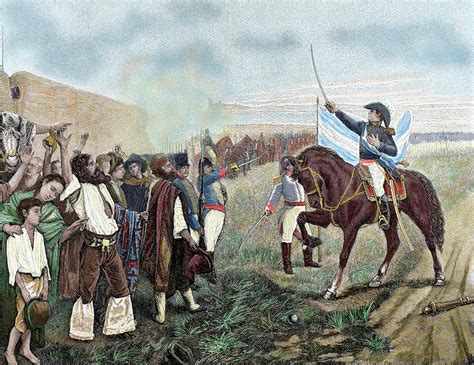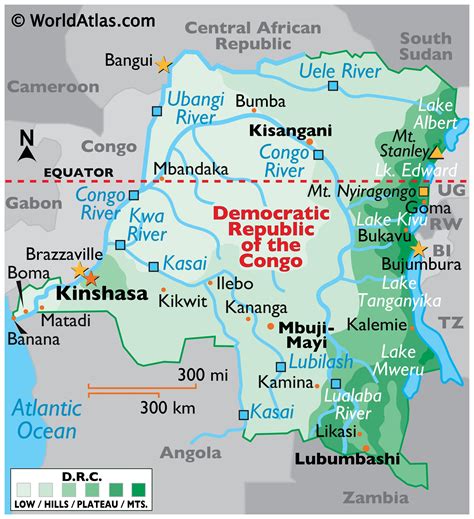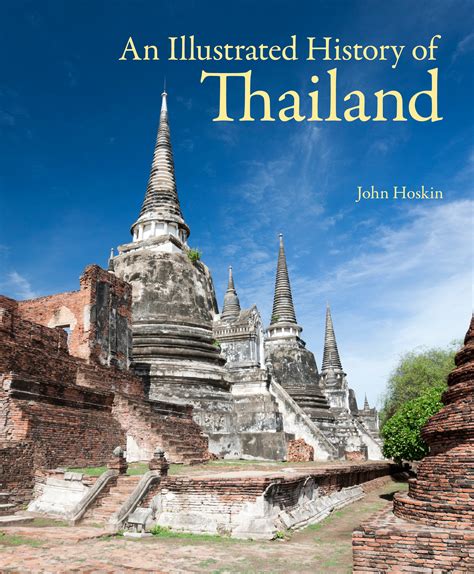Explore the rich history of Turkmenistan from ancient civilizations to modern independence. Discover the influences of Persian, Arabic, and Russian rule.
Early civilizations in Turkmenistan
Contents
The history of Turkmenistan dates back to ancient times, with evidence of early civilizations that thrived in the region. The early civilizations in Turkmenistan were influenced by the rich culture and trade routes of the Silk Road. The region was home to the ancient city of Merv, which was one of the largest and most important cities along the Silk Road. The ancient city was a melting pot of different cultures and religions, including Zoroastrianism, Buddhism, and Islam, showcasing the diversity and influence of the early civilizations in Turkmenistan.
Furthermore, Turkmenistan was also part of the ancient Persian Empire, known for its advanced civilization and influential cultural practices. The Persian Empire left a lasting impact on the region, shaping the language, traditions, and architecture of Turkmenistan.
In addition to the Persian Empire, Turkmenistan was also influenced by the Arab conquests, which brought Islam to the region. The arrival of Islam played a significant role in shaping the culture and society of Turkmenistan, leaving a lasting impact on the traditions and beliefs of the people.
Overall, the early civilizations in Turkmenistan were a product of the diverse influences of the Silk Road, Persian Empire, and Arab conquests, contributing to the rich and unique heritage of the country.
Influence of Persian and Arabic empires
The history of Turkmenistan is deeply intertwined with the influence of Persian and Arabic empires. The region of Turkmenistan has been a crossroads of various cultures and civilizations for millennia, and the Persian and Arabic empires played a significant role in shaping the cultural, linguistic, and religious landscape of the region.
During the 7th and 8th centuries, the Arab Muslims began expanding their empire into Central Asia, including the territory of present-day Turkmenistan. The arrival of the Arabs brought Islam to the region, which had a lasting impact on the culture and society of the Turkmen people.
Furthermore, the Persian Empire also exerted its influence in Turkmenistan, particularly during the rule of the Seljuk and Timurid dynasties. Persian language and culture became deeply embedded in the region, and many Turkmen tribes adopted Persian as their literary and administrative language.
Moreover, the Persian and Arabic empires contributed to the development of Turkmenistan’s architectural and artistic traditions, as seen in the distinctive mosques, mausoleums, and palaces that dot the landscape of the region.
Turkmenistan under Russian rule
Turkmenistan came under Russian rule in the late 19th century, as part of the expansion of the Russian Empire into Central Asia. The area was initially conquered by Russian forces and incorporated into the Russian Empire as the Transcaspian Region. This marked the beginning of a period of Russian influence that would shape Turkmenistan’s history for years to come.
During the Russian rule, the local Turkmen population faced significant challenges and changes. The Russian authorities imposed new administrative systems, including the introduction of Russian legal and political institutions. The traditional nomadic lifestyle of the Turkmen people was disrupted by the Russian colonial policies, as the Russians sought to assert their control over the region.
One of the major consequences of Russian rule was the integration of Turkmenistan into the Russian economy. The Russians implemented a range of economic reforms, including the introduction of cotton cultivation as a major cash crop. This led to a significant transformation of the local economy, as well as the socio-economic structure of Turkmen society.
Moreover, the Russian rule had a profound impact on the cultural and religious traditions of Turkmenistan. The Russian authorities implemented policies aimed at Russification, leading to the suppression of local languages and traditions. Russian Orthodox Christianity and other Russian cultural elements were imposed on the Turkmen people, causing tensions and resistance among the local population.
In conclusion, the period of Russian rule was a crucial and tumultuous chapter in the history of Turkmenistan. The Russian Empire left a lasting legacy on the region, shaping its economy, society, and culture in fundamental ways. The impact of Russian rule continues to influence the present-day dynamics of Turkmenistan, reflecting the enduring legacy of Russian imperialism.
Formation of Turkmen Soviet Socialist Republic
The Formation of Turkmen Soviet Socialist Republic marked a significant turning point in the history of Turkmenistan. Following the Russian Revolution and the establishment of the Soviet Union, Turkmenistan became a part of the Bolshevik regime. In 1925, the Turkmen Soviet Socialist Republic was officially proclaimed as a constituent republic of the Soviet Union. This period saw the implementation of Soviet policies, including collectivization, industrialization, and the suppression of traditional Turkmen customs and practices in favor of Soviet ideology.
One of the key figures in the formation of the Turkmen SSR was Soltan Sanjar, who led the Communist Party of Turkmenistan and played a crucial role in shaping the republic’s political and social landscape. Under the Soviet rule, Turkmenistan experienced rapid modernization and urbanization, with the establishment of industrial centers and the introduction of Soviet education and cultural systems.
The Turkmen SSR also saw the rise of a new political and intellectual elite who were aligned with the Soviet regime. This period resulted in significant changes in Turkmen society, as traditional tribal structures were dismantled in favor of a centralized Soviet administration. The Turkmen SSR became an integral part of the Soviet economic and political system, contributing to the overall development of the Soviet Union.
Despite the modernization efforts and economic growth during this period, the Turkmen SSR also faced challenges, including tensions between the Turkmen people and the Soviet authorities. The policies of forced collectivization and cultural repression led to resistance and uprisings among the Turkmen population, reflecting the complexities of the Sovietization process in Turkmenistan.
The Formation of the Turkmen Soviet Socialist Republic left a lasting impact on the development of Turkmenistan, shaping its political, social, and cultural identity during the Soviet era. The legacy of this period continues to influence the country’s modern-day trajectory and its relationship with its Soviet past.
Independence and modern Turkmenistan
After gaining independence from the Soviet Union in 1991, Turkmenistan embarked on a journey to establish itself as a sovereign and modern nation. The first President of Turkmenistan, Saparmurat Niyazov, implemented a policy of Turkmenification to promote national identity and independence. This involved the promotion of the Turkmen language, culture, and traditions, as well as the renaming of cities, airports, and even months of the year to remove Russian influences.
Under the leadership of Niyazov, Turkmenistan experienced a period of political stability but also faced criticism for its human rights record and lack of political freedoms. After Niyazov’s death in 2006, Gurbanguly Berdimuhamedow became the new President and sought to modernize the country’s economy and infrastructure. Turkmenistan’s natural gas reserves became a key focus, with the construction of pipelines to export gas to countries like China and Russia.
In recent years, Turkmenistan has made efforts to open up to the world and attract foreign investment. The country has taken steps to improve its education and healthcare systems, as well as promote tourism and cultural exchanges. However, concerns remain about the lack of political pluralism and freedom of expression in the country, as well as its human rights record. Despite these challenges, Turkmenistan continues to strive for modernization and international cooperation in the 21st century.













